|
|
Post by htmb on Aug 14, 2015 0:03:31 GMT
Even though my express bus stop was at least a half mile away from Fort Tyron Park, and the next part of my journey was an uphill walk, it was a beautiful day and all worth it in the end. 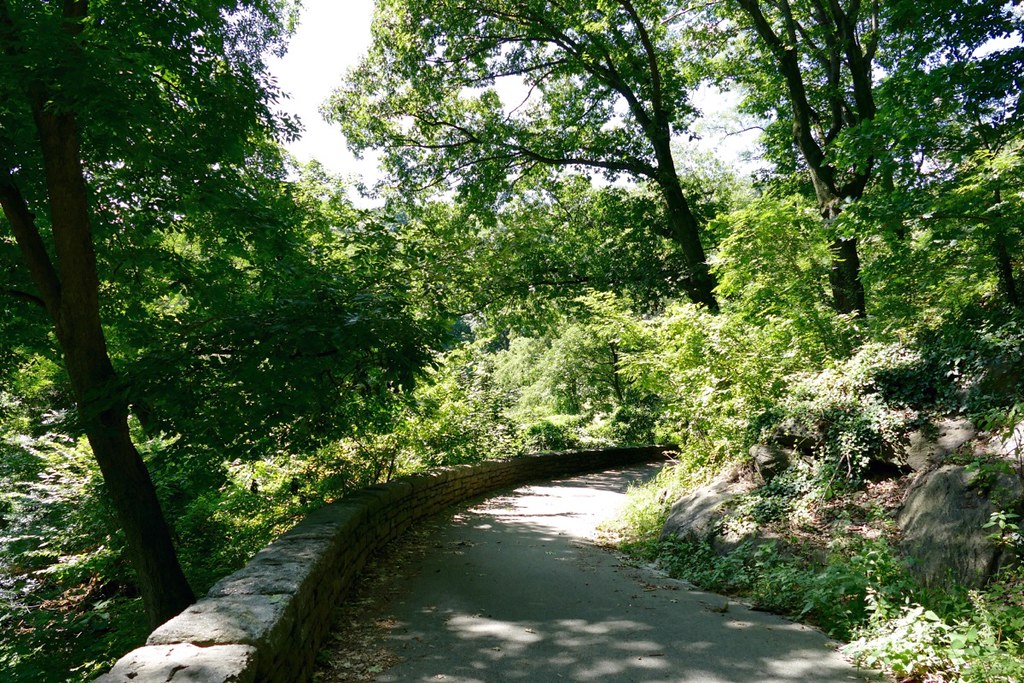 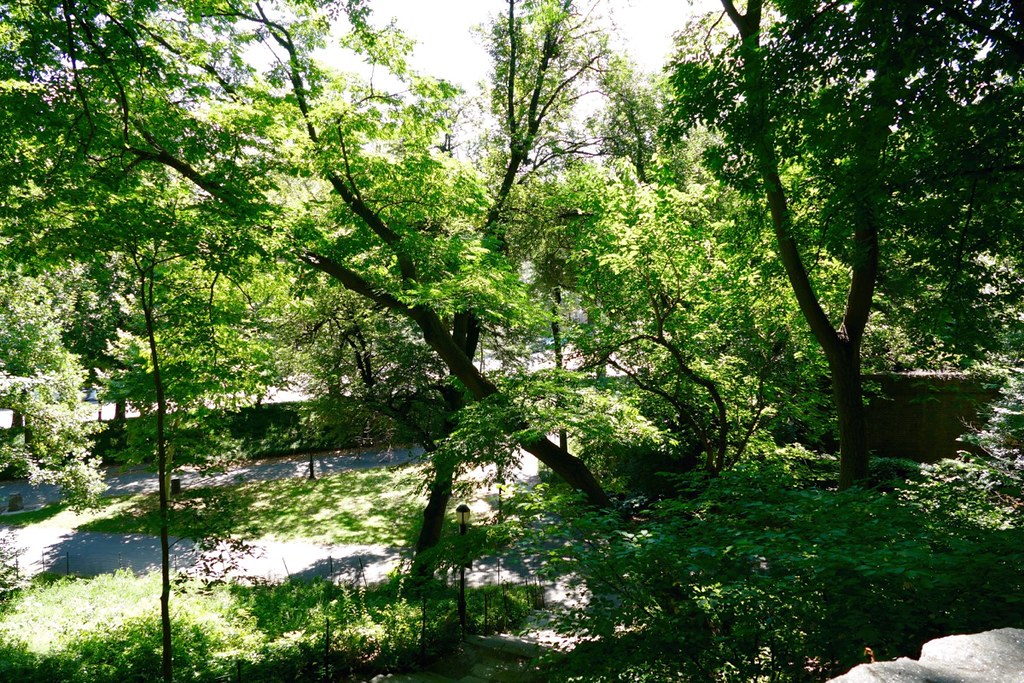 The Cloisters, a branch of the Metropolitan Museum of Art, sits on a high hill in the park, commanding magnificent views of the Hudson River. 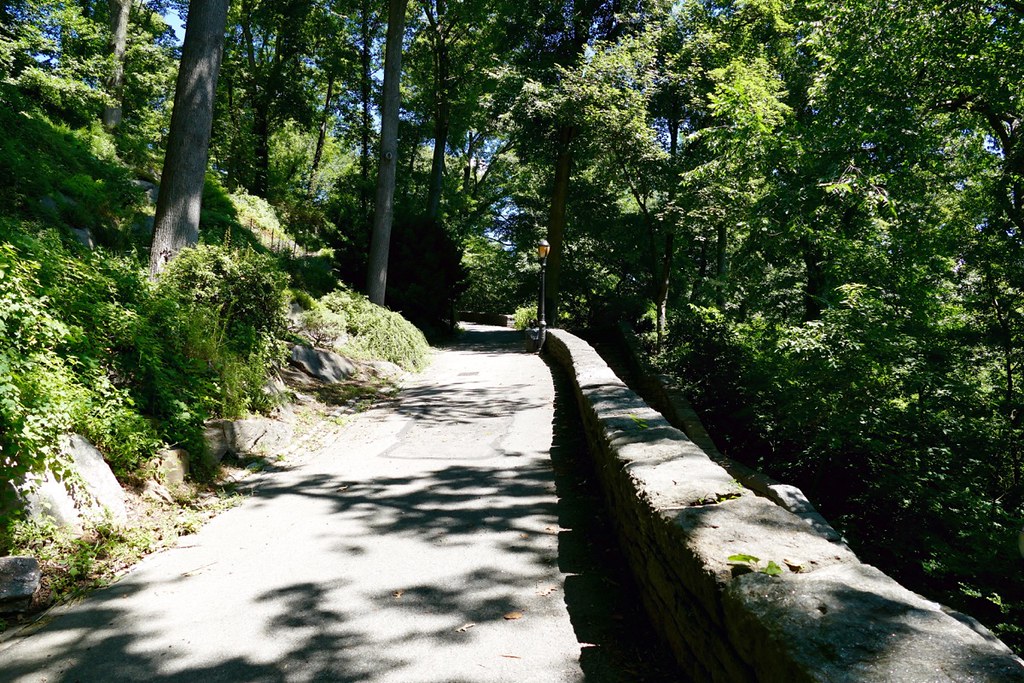 Here's a look back and down towards the streets where my bus ride ended. 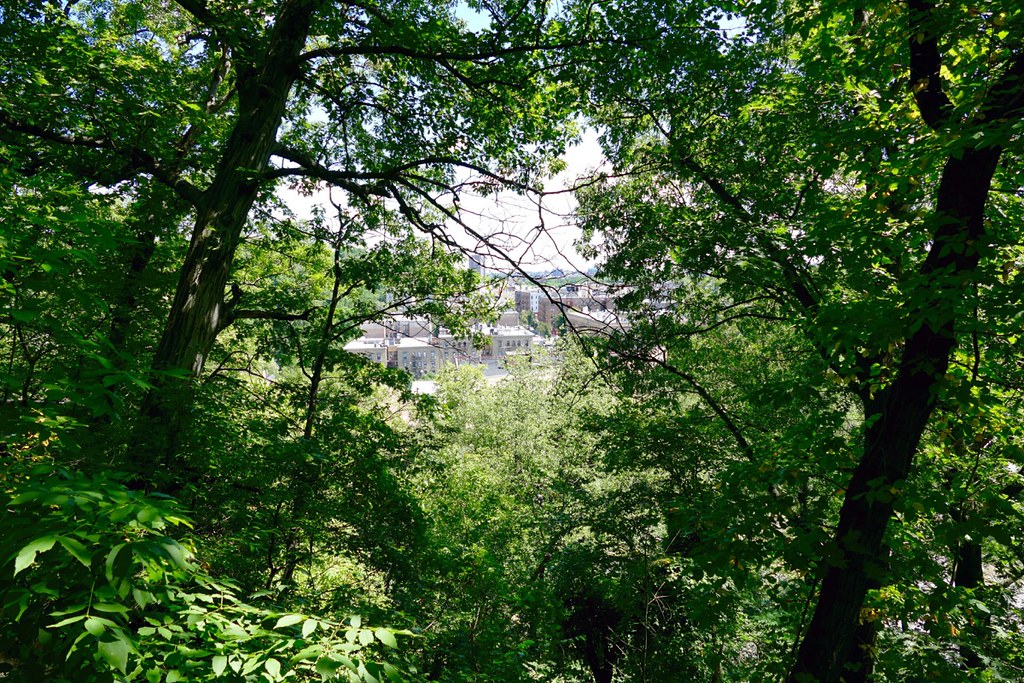  The path to the museum continued to wind up and up. 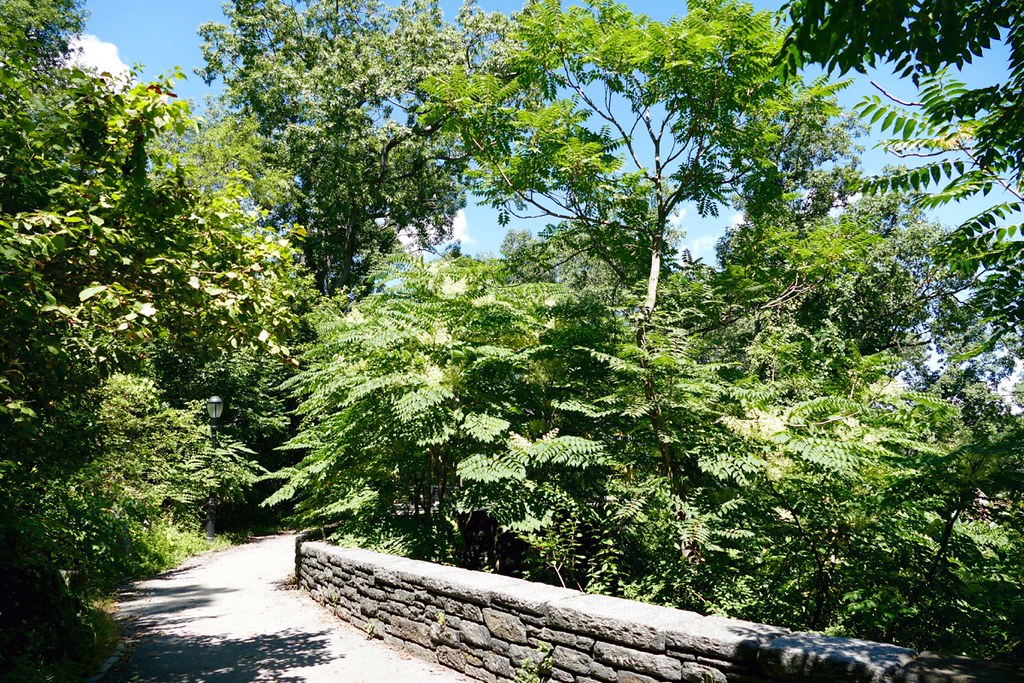  I eventually came to some steps that looked like they weren't getting much use, further convincing me I'd definitely taken the long, scenic path to the top. 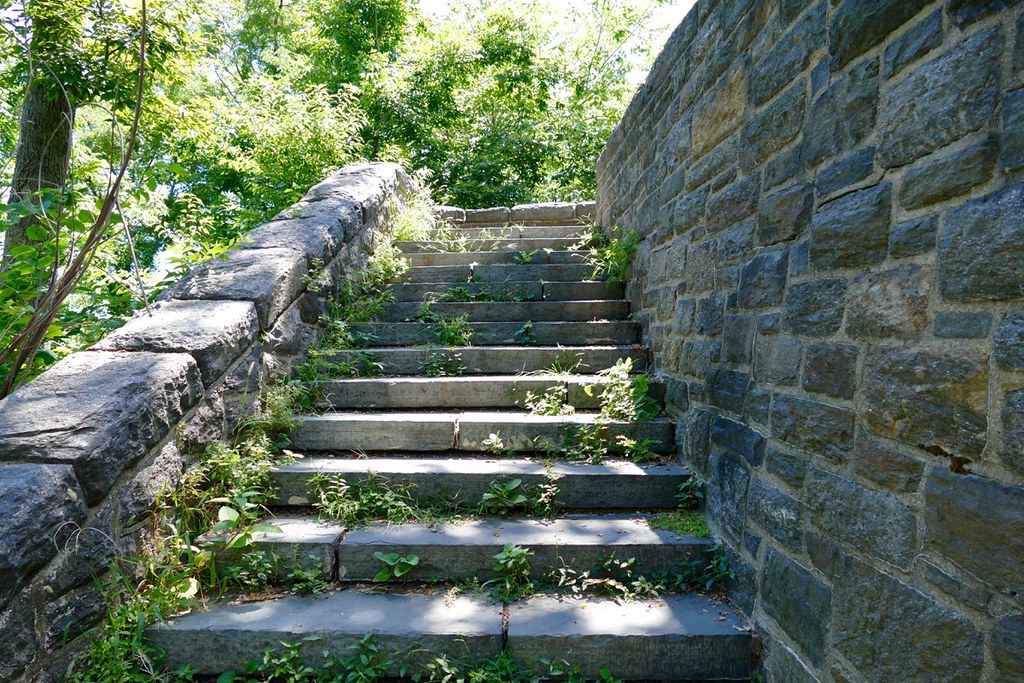 Soon the museum walls came into view. 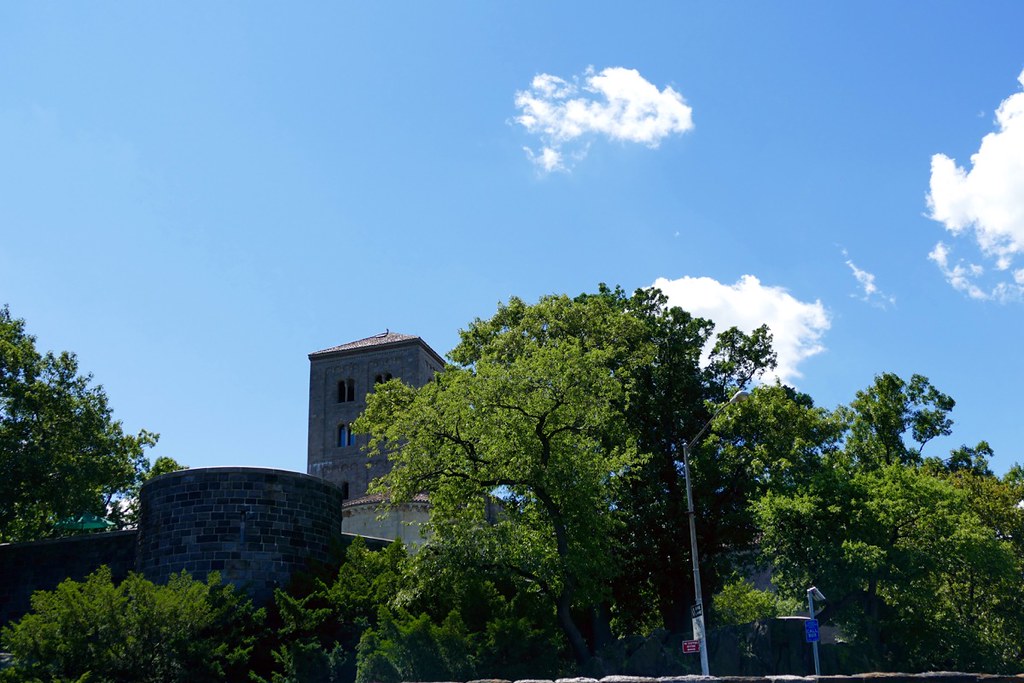 Down below the high bluff I could see the Hudson, with New Jersey in view on the other side of the river.  |
|
|
|
Post by htmb on Aug 14, 2015 0:19:26 GMT
|
|
|
|
Post by htmb on Aug 14, 2015 1:53:04 GMT
|
|
|
|
Post by htmb on Aug 14, 2015 2:14:53 GMT
|
|
|
|
Post by htmb on Aug 14, 2015 10:22:10 GMT
|
|
|
|
Post by htmb on Aug 14, 2015 10:32:31 GMT
|
|
|
|
Post by htmb on Aug 14, 2015 10:49:38 GMT
|
|
|
|
Post by htmb on Aug 14, 2015 11:11:25 GMT
|
|
|
|
Post by htmb on Aug 14, 2015 11:28:51 GMT
|
|
|
|
Post by fumobici on Aug 14, 2015 15:12:23 GMT
This is just a luscious visual feast, and looks like a must-see. I do get a feeling looking at it however that it all seems like a big random pile of plunder and that a lot of the meaning in the pieces is lost by them being removed from their geographical/cultural context. None of the individual pieces was ever meant to be part of a collection like this, they were meant to be experienced in their original sites and something is lost when seen in a museum. But I guess if too many people thought like this we'd have no museums to enjoy and learn from, so perhaps it's all for the best.
May I ask what kind of camera you are using? The images seem almost alive they are so vivid. The bees on the alliums(?) made me gasp.
|
|
|
|
Post by htmb on Aug 14, 2015 15:21:24 GMT
You know, Fumobici, I had some of the same thoughts. I'm only hoping that, as they were being collected, the works were being saved from total destruction and decay. I suppose that's a bit idealistic, but it does seem possible in many cases.
Thanks for the compliment. I was using a Panasonic Lumix FZ1000. I only made the purchase two weeks ago when it went on sale, so I'm still getting familiar with it. It's a major step up from my old (now malfunctioning) FZ70, and I can certainly tell the difference.
|
|
|
|
Post by cheerypeabrain on Aug 14, 2015 16:18:45 GMT
Stunning photographs of a glorious place htmb, another reason that I want to visit New York.  the artefacts are exquisite...I love the bee and wasp images dearie, and the planting in the gardens is splendid. It reminds me of The Burrell Collection in Glasgow, although the Cloisters building is much more imposing than the one the Burrell collection is housed in. Was the Cloisters Museum originally a private collection? I have an old basic Lumix TZ5 that I love to use even tho my newer camera is (allegedly)a better one. |
|
|
|
Post by htmb on Aug 14, 2015 16:50:58 GMT
Thanks very much, Cheery!
Here's a bit about how the museum came about: "Much of the sculpture at The Cloisters was acquired by George Grey Barnard (1863–1938), a prominent American sculptor, and an avid collector and dealer of medieval art. Barnard opened his original Cloisters on Fort Washington Avenue to the public in 1914. Through the generosity of John D. Rockefeller, Jr. (1874–1960), the Museum acquired Barnard's Cloisters and most of its contents in 1925. Early on, it was clear that a new, larger building would be needed to display the collection in a more scholarly fashion. Rockefeller donated to New York City, and financed the conversion of, some fifty-six acres of land just north of Barnard's museum, which became Fort Tryon Park—approximately four acres of which was destined as the site for the new museum."
|
|
|
|
Post by cheerypeabrain on Aug 14, 2015 17:11:42 GMT
Thanks htmb  |
|
|
|
Post by Deleted on Aug 14, 2015 19:00:08 GMT
Yeah!!! I'm so glad you made the trek up there HTMB.
It is quite the hike to be sure.
A lot of people think that NYC is all flat but there are indeed some hills.
And people also believe that NYC is nothing but tall skyscrapers and jammed streets.
Then, as you so wonderfully portrayed, one finds these gems that transport you into another world.
I vividly recall the first time I saw that sweeping view of the Hudson with NJ in the distance.
It blew me away.
Do you per chance know what that bright pink flower you posted a couple of pics is?
And, I loved seeing the bed of blue platycodons (balloon flower).
They were grown on our family farm and I always loved them.
Sadly, they won't do here.
Thanks for sharing this magical place with us.
|
|
|
|
Post by htmb on Aug 14, 2015 19:17:22 GMT
And thank YOU for the great suggestion, Casimira.
I'll have to see if I can find the name of the plant, or maybe someone else here will know what it is. I thought I'd photographed the name, but the label was apparently for something nearby.
|
|
|
|
Post by fumobici on Aug 14, 2015 20:01:04 GMT
I don't know how many pieces were actually "saved" as opposed to simply being spirited off. People in Italy are still angry about gazillionaire American and English robber barons and their agents having come and paid bribes to officials to be allowed to crate up and carry off much of Italy's priceless renaissance cultural patrimony to display in far away museums. Churches all over Italy are missing key artworks because of these depredations. This cultural looting has even occurred within Italy, Arezzo has been seething for centuries about Florence having stolen the iconic huge bronze Etruscan lion that is the symbol of the city to put in a Florentine museum.
|
|
|
|
Post by htmb on Aug 14, 2015 20:07:55 GMT
I'm sure you're correct, Fumobici. People have been looting historical objects for hundreds of years. Of course, in many cases locals disassembled their own buildings and used the materials to build something new. A lot of what we would now consider historical places were lost in that way. Casimira, perhaps my label was correct. I believe the flower is a type of Angelica. allthedirtongardening.blogspot.com/2012/09/angelica-gorgeous-plants-and-flowers.html |
|
|
|
Post by Deleted on Aug 15, 2015 4:34:28 GMT
Although I had heard the name "The Cloisters," this report is particularly great because I had no idea what it actually was. It does indeed look like a European museum, although it is a bit distressing to read that the buildings were built out of 5 European abbeys that were taken apart and resassembled in New York. At the same time, it was done just before WW2 so we can hope that at least some of the buildings were saved from destruction by bombs and artillery. It is impressively well done, though, because even in Europe when I see something like that that has been taken apart and reassembled elsewhere, it seems like a rather incredible feat to me. Even something simple like the Lille-Flandres train station, which used to be Gare du Nord in Paris makes me react "how on earth did they do that?" Oddly enough, it is my trips to Cambodia that make it easier to understand. While some of the temples in the Angkor area have been completely restored, there are dozens of others that are still undergoing this long and incredible process. When you visit them, you see that all of the big stones are carefully numbered and are just waiting to be reassembled in the proper order. So I can imagine a number of ships cross the Atlantic full of numbered stones. In any case, the setting of the Cloisters is truly spectacular, and I have never been in any part of NYC that looks like that. Looks like there is still room for expansion in the city.  |
|
|
|
Post by nycgirl on Aug 17, 2015 20:26:37 GMT
Well, you've done something that I've never done in 13 years of living here! I've been birdwatching nearby but I never got around to visiting the Cloisters. I have to admit, Medieval art is not my favorite (possibly my least favorite), but I am interested in the building and the gardens.
On the subject of stolen art, I believe the Met has set a fine example in returning looted goods. Recently they returned two Cambodian sculptures once they examined evidence and determined that it was stolen. So I would hope nothing in the Cloisters was illicitly acquired.
|
|
|
|
Post by htmb on Aug 17, 2015 20:32:53 GMT
Thanks, Nycgirl. I'd love to go back and explore the park, and spotting various birds would make the trip even better.
If I'd done it the "right" way, I would have split my day between the Met and The Cloisters, since one ticket will get you into both places on the same day.
|
|
|
|
Post by Deleted on Aug 17, 2015 22:29:01 GMT
That's exactly what my neighbors/dear friends did yesterday.
Thank you for ID'ing the flower.
Now I need to check and see if it will grow here.
Me thinks not, another one of those plants I lust after and can't grow here....
|
|
|
|
Post by htmb on Aug 18, 2015 1:59:27 GMT
|
|
|
|
Post by fumobici on Aug 18, 2015 2:39:19 GMT
Should do great in the yard here though!
|
|
|
|
Post by htmb on Aug 18, 2015 19:53:40 GMT
Fumobici, you'll have to let us know if you plant any so we can enjoy your Angelica vicariously, while you are counteracting poison and plague, and warding off evil!
|
|
|
|
Post by bixaorellana on Aug 21, 2015 15:10:03 GMT
Oh, Htmb -- I've wanted to visit The Cloisters for years, ever since I first heard of it. But I didn't know that it was a museum as well. The pieces -- yes, it's awful that they were plundered -- are magnificent, as are your photos. That birch madonna & child with the stained glass reflections is a wonderful introduction to the rest of show. The madonna with the oddly downturned hand has the most winsome & lifelike baby Jesus I've ever seen -- completely out of the ordinary. The torso of what I assume is the crucified Christ in your exit picture of the museum is so much more natural and realistic that what I associate with medieval sculpture. Well, so many of the pieces are.
Your opening shots of the museum setting are outstandingly lush and truly give the impression of approaching on foot as you did. I love the garden pictures, too, and echo everyone else on the fabulousness of your bee photos.
Any idea of what that purple umbelliferae-family plant so enjoyed by the bees might be?
|
|
|
|
Post by Deleted on Aug 21, 2015 16:32:28 GMT
In any case, if they ever decide to do an American remake of Merlin with Owen Wilson as Arthur and Ben Stiller as Merlin, they can definitely shoot it there.  |
|
|
|
Post by htmb on Dec 2, 2015 5:25:51 GMT
Oh, Htmb -- I've wanted to visit The Cloisters for years, ever since I first heard of it. But I didn't know that it was a museum as well. The pieces -- yes, it's awful that they were plundered -- are magnificent, as are your photos. That birch madonna & child with the stained glass reflections is a wonderful introduction to the rest of show. The madonna with the oddly downturned hand has the most winsome & lifelike baby Jesus I've ever seen -- completely out of the ordinary. The torso of what I assume is the crucified Christ in your exit picture of the museum is so much more natural and realistic that what I associate with medieval sculpture. Well, so many of the pieces are. Your opening shots of the museum setting are outstandingly lush and truly give the impression of approaching on foot as you did. I love the garden pictures, too, and echo everyone else on the fabulousness of your bee photos. Any idea of what that purple umbelliferae-family plant so enjoyed by the bees might be? Bixa, in looking back at this thread I see I never responded to your question. I believe reply #17 might give you the answer, assuming I correctly identified the plants. I'd love to revisit the park around the Cloisters in the fall or spring. I bet it's beautiful. |
|
|
|
Post by bjd on Dec 2, 2015 9:10:52 GMT
For some reason, I had never seen this thread before. I'm afraid I feel like some of the others who have posted: on the one hand, it's good that much of this architecture and sculpture was preserved, but on the other hand, seeing statues and doorways that belong in old French churches or monasteries outside New York City just doesn't feel right.
I imagine that most of what is displayed here would not have been used to build anything else. By the 19th century, I think the idea of preservation had taken hold, especially after the damage to churches and monasteries during the French Revolution. This American collector obviously went around buying stuff during the years after WW1 and shipping boatloads to the US.
|
|
|
|
Post by bixaorellana on Dec 2, 2015 21:20:58 GMT
I'm glad you answered late, Htmb, as it prompted me to go through this treasure of a thread again. Your identification seems correct, and it would certainly be an appropriate plant to include there.
Yes, I imagine it would be gorgeous in summer and fall, but the bleakness and possible natural b&w of winter is probably visually stunning as well.
Reading Bjd's post made me wonder how much of the collection came from churches and monasteries and how much from once-grand private houses with chapels. Even though the idea of preservation had taken hold by the 19th century, so had the idea of "creative renovation". Perhaps the pieces weren't considered worthy by the owners, or they were simply strapped for cash. There could have been some skullduggery, too. Someone here once told me, with great bitterness, that the priest in his parish had sold off all the church's paintings. I'm assuming he meant the 16th century paintings that are fairly common in churches here.
|
|